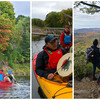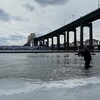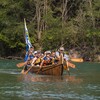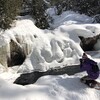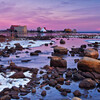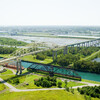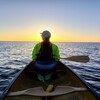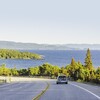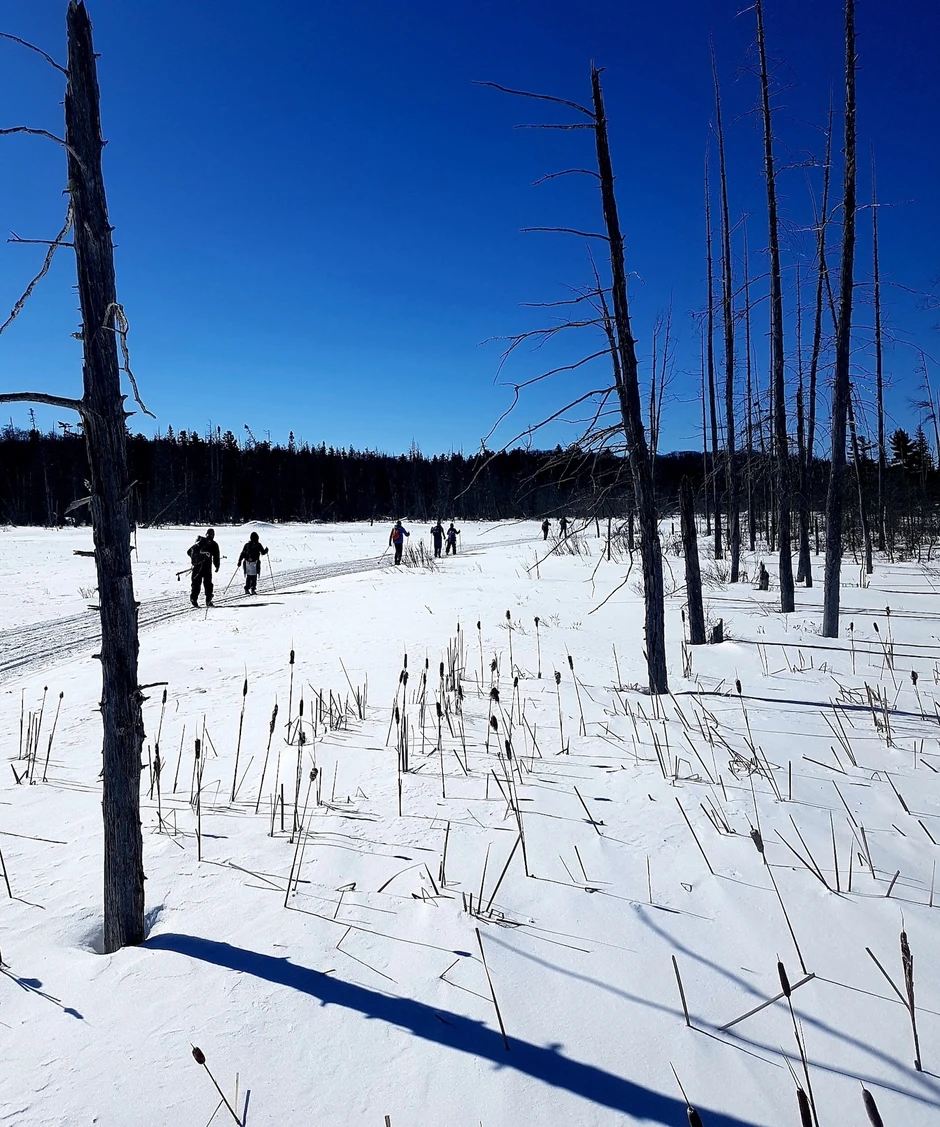
Natural Landscapes, Iconic Paintings and the Ride of your Life
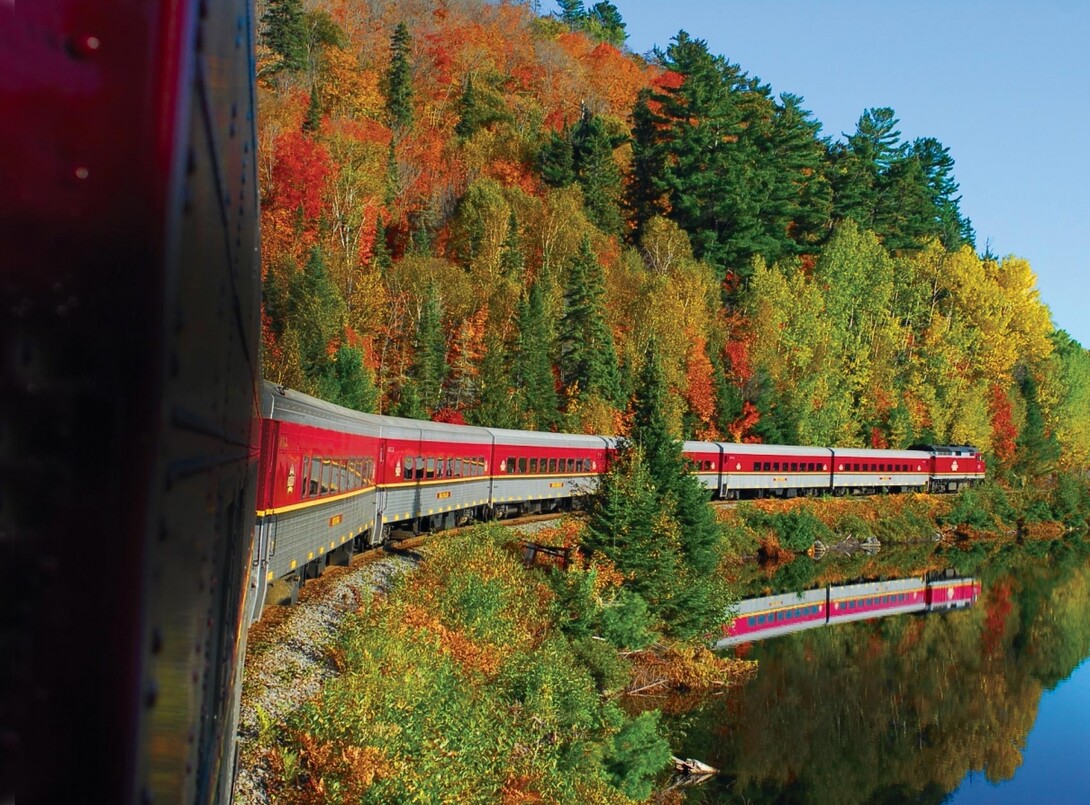
Brush up on the Group of Seven and discover the natural landscapes that inspired their iconic paintings.
As the twentieth century dawned in the newly emerging Dominion of Canada, the one true form of art native to our soils, the art of our First Nations, was being appropriated to colonial museums. In its place, a flood of art based on imported European styles dominated the parlours of wealthy Canadians. It was into this cultural vacuum that a group of artists confidently strode, determined to bring to Canadians a new way to represent the primal landscape that still dominated much of our nation, and it was to Algoma that they turned to inspire their dreams of a 'made in Canada' style of painting.
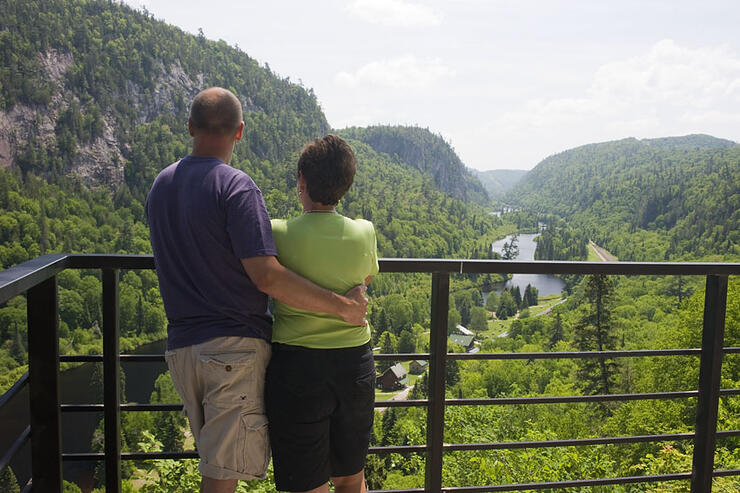
The artists, Lawren Harris, J.E.H. MacDonald, A.Y. Jackson, Frank Johnston, Arthur Lismer, Fred Varley, Franklin Carmichael and Tom Thomson gravitated towards each other around 1911-12. They were smitten with the "northland" and in 1912 Thomson and a fellow commercial artist embarked on a two-month canoe adventure on the Mississagi River that opened their eyes to the splendours of Algoma. However, just as quickly as their fledgling dreams of a nationalist landscape style of painting began to take shape, it unraveled in the shadows of the nightmare of World War I. Jackson and Varley served on the Western Front, Harris as a gunnery instructor on the home front. Lismer moved to Halifax where he witnessed the horrific Halifax Explosion in December 1917. Thomson spent as much time as possible in Algonquin Park until that fateful day in July of 1917 when he perished in his beloved Canoe Lake. Shortly after that tragic loss, MacDonald suffered a stroke. For Harris, the news of his only brother's death in action in Europe catapulted him into a bout of depression.
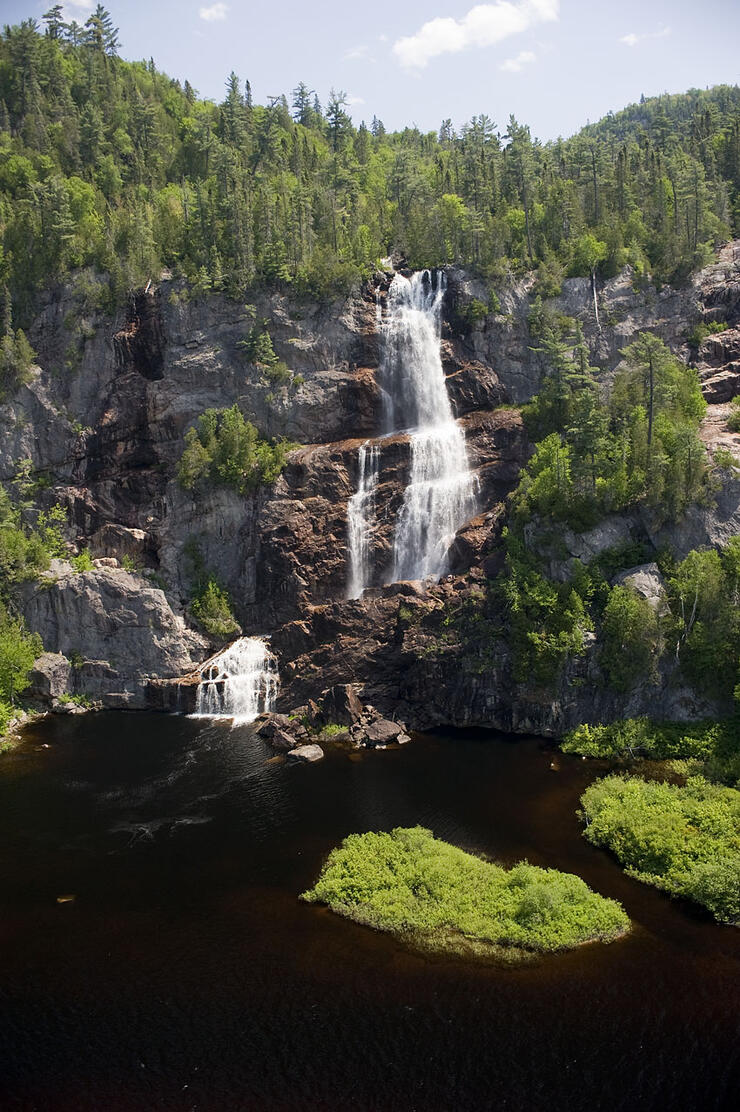
Following a recuperative spring scouting trip along the rail-line in 1918, Harris invited MacDonald and Johnston to join him for an autumn painting excursion in Algoma. They were immediately captivated by what MacDonald poetically referred to as "a land after Dante's heart," an earthy paradise. The great panoramic vistas, the towering bluffs and raging cascades, the idyllic streams and the blazing colour of the lush forests proved to be a powerful regenerative force for their war weary, embattled souls and they repaid the debt they owed this land by memorializing it through their paintings. From the fall of 1918 until the mid-twenties, group members, who had formally become the Group of Seven in 1920, returned to Algoma repeatedly, often living out of boxcars. From 1921 to 1928, they began to pay annual visits to the north shore of Lake Superior.
Recommended Articles

9 Facts to Know about the Agawa Canyon Tour Train
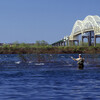
A Guide to the Best Urban Fishing in Sault Ste. Marie, Ontario

Where to Eat, Dine, and Play on the Sault Ste. Marie Waterfront

Cruising to the Next Level

Canada's Only Bushplane Museum is a Must For Your Bucket List

Why the Fall Is a Great Time to Visit Sault Ste. Marie
Canoe & Kayak Sault Ste. Marie

Peace Restaurant
